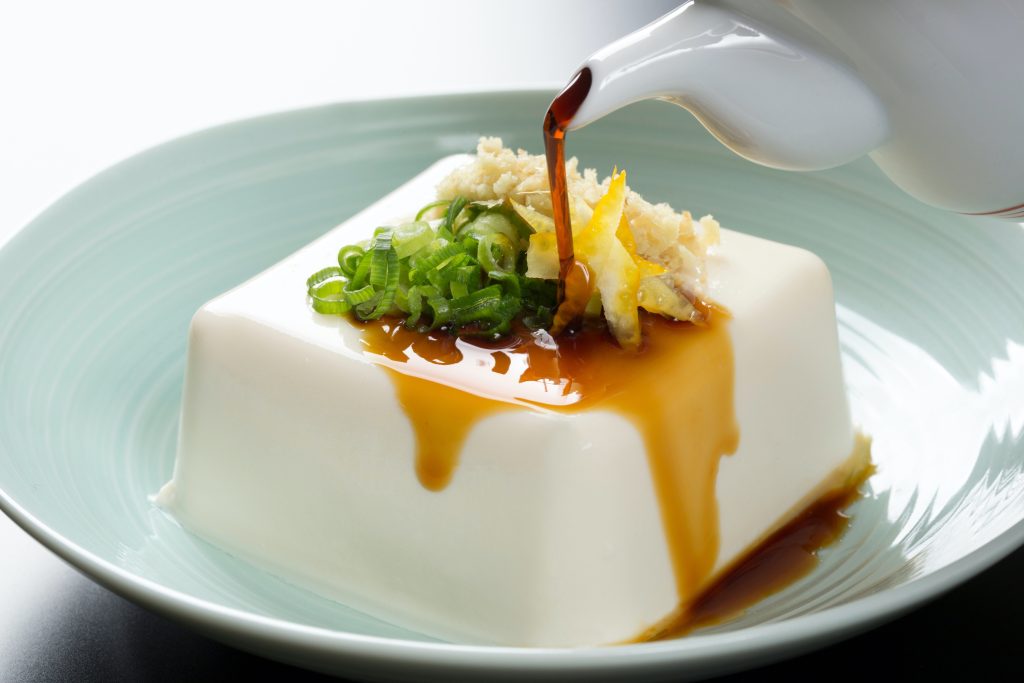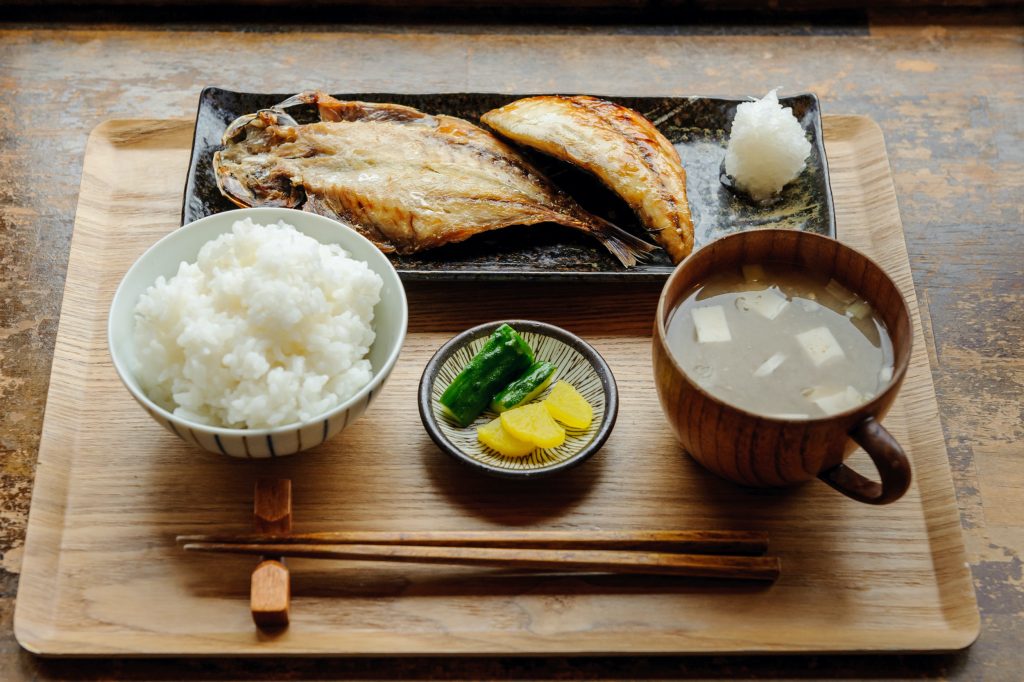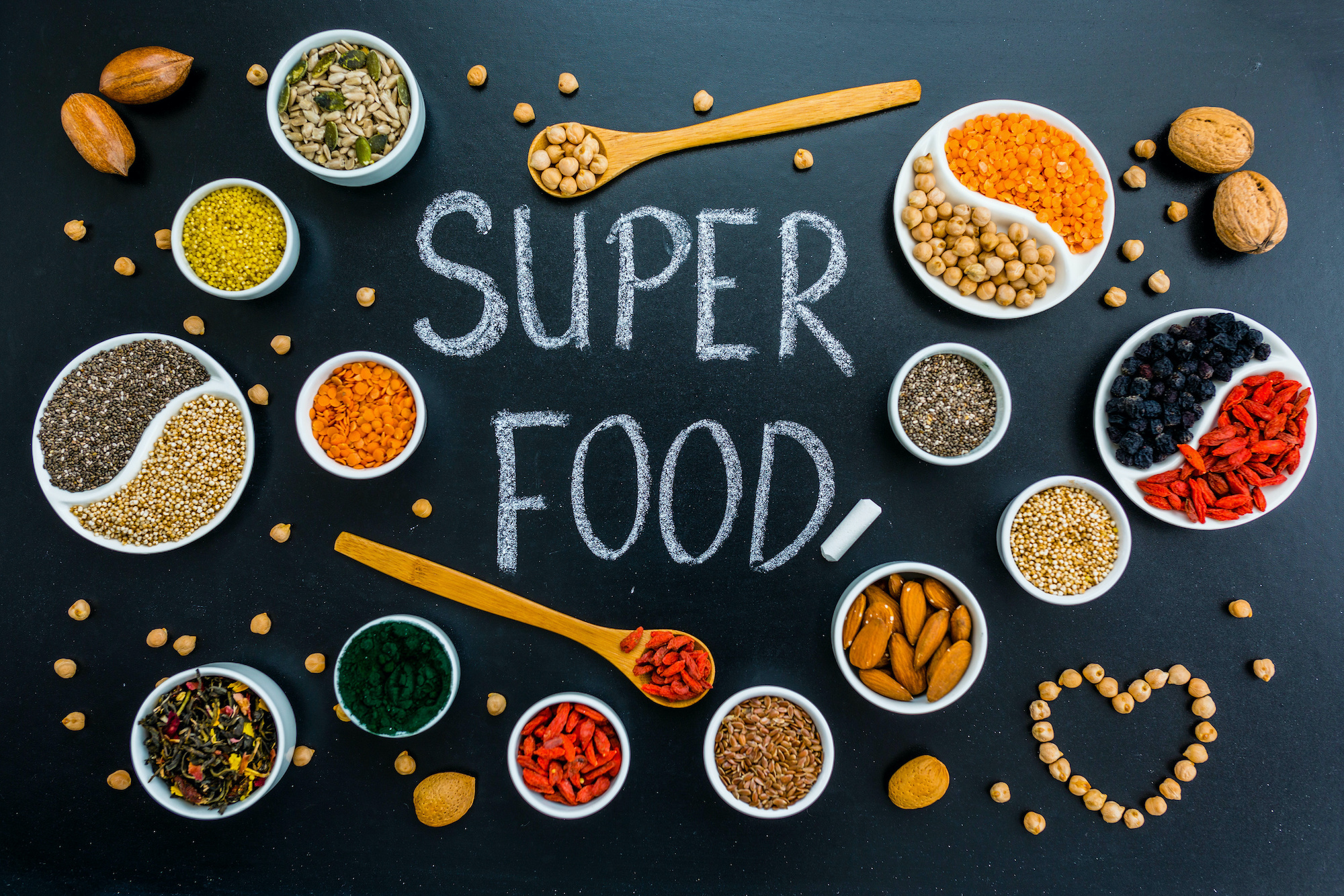Healthy food is more than just a trend—it’s a lifestyle. And when it comes to nutritious meals that promote longevity and balance, Japanese cuisine stands out. Rooted in centuries of tradition, Japan’s healthy food culture is a harmonious blend of seasonal ingredients, fermentation, and balance.
Whether you’re a culinary professional, an aspiring chef, or simply health-conscious, exploring Japanese healthy food can open up a new world of flavor and wellness.
In this guide, you’ll discover 10 foundational Japanese healthy foods and practical ideas for integrating them into your daily meals—from breakfast to dinner to snacks. Let’s explore how these ingredients can support your health naturally and deliciously.
What Makes Japanese Healthy Food Unique?
Japanese healthy food is not only rich in nutrition but also deeply rooted in a culture of balance and respect for ingredients. Instead of relying on processed items, traditional Japanese meals are made from whole foods, often enhanced by fermentation. This combination supports digestive health, and promotes overall well-being.
One of the most distinctive aspects is the use of fermented foods, like miso and natto, which naturally introduce beneficial bacteria into the gut. Coupled with fresh vegetables, seaweed, and plant-based proteins, these meals offer a powerful combination of taste and function. And because Japanese cuisine emphasizes seasonal ingredients and smaller portion sizes, it encourages mindful eating.
Top 10 Japanese Healthy Foods You Should Know
Below are ten essential Japanese healthy foods. Each offers unique health benefits, making them excellent additions to your meals and snacks.
1. Miso (Fermented Soybean Paste)
Miso is a savory paste made by fermenting soybeans with salt and koji (a type of mold culture). It has a rich umami flavor, often described as salty, and slightly sweet. Miso is packed with probiotics that aid gut health and has high protein and B vitamin content make it both nourishing and energizing.
2. Natto (Fermented Soybeans)
Natto consists of fermented whole soybeans with a sticky, stringy texture and pungent aroma. It has a bold, nutty, and somewhat cheesy taste. Natto is an exceptional source of vitamin K2, which promotes bone density and heart health, as well as nattokinase, an enzyme known for supporting blood flow. It’s also a high protein and contains beneficial bacteria for digestion.
納豆
3. Matcha (Green Tea Powder)
Matcha is made from shade-grown green tea leaves. Its flavor is grassy, slightly bitter, and full-bodied (Umami). Matcha is rich in catechins—potent antioxidants that fight free radicals—and contains L-theanine, which gives dominance to the parasympathetic nervous system. Don’t drink too much caffeine as it can also interfere with sleep.
抹茶
4. Aojiru ( include kale, young barley leaves)
Aojiru is made from ingredients such as kale, young barley leaves, angelica tree leaves, and mulberry leaves, and is known for its strong herbal taste and slightly bitter flavor. It’s a nutritional powerhouse, high in chlorophyll, vitamins C and B, and potassium.
5. Shio-koji (Fermented Rice with Salt)
Shio-koji is created by fermenting steamed rice with salt and koji mold. It has a mild, umami-rich taste with hints of sweetness and saltiness. Shio-koji is often used as a seasoning or marinade that enhances the flavor of meats and vegetables.
6. Wakame (Mineral-Rich Seaweed)
Wakame is a soft, subtly sweet seaweed typically found in soups and salads. It has a slightly salty sea flavor and a smooth texture. Wakame seaweed is low in calories but rich in iodine, which supports thyroid health, and dietary fiber, which regulates the intestines.
7. Konjac (Konnyaku)
Konnyaku is made from the starchy corm of the konnyaku plant and has a chewy texture, little flavour and absorbs sauces and soups well. It’s extremely low in calories and carbs but high in glucomannan fiber, which helps control appetite and blood sugar levels. It supports digestion and is often used as a noodle substitute.
8. Umeboshi (Pickled Plum)
Umeboshi are salted and salted plums known for their intense sour and salty flavor. Umeboshi are thought to aid digestion due to their high citric acid content, which is a natural antibacterial.
9. Tofu (Plant-Based Protein Powerhouse)

Tofu is a soft soybean curd with a neutral taste, making it adaptable to sweet or savory dishes. It absorbs surrounding flavors beautifully and can be grilled, stir-fried, steamed, or blended. Tofu is high in plant-based protein and contains isoflavones.
10. Hijiki (Iron-Rich Sea Vegetable)
Hijiki is a dark, thread-like seaweed with a seashore flavor that is usually eaten boiled with root vegetables and beans. Rich in dietary fiber and iodine. Its chewy texture makes it a satisfying addition to rice dishes or salads.
Healthy Food Ideas for Breakfast, Lunch, and Dinner – Japanese Style

Looking to build balanced meals with Japanese ingredients? Here is simple yet satisfying ideas for every meal of the day.
Breakfast: Start with steamed rice, miso soup, and tofu. Add a side of fermented pickles or wakame salad. this combination is packed with probiotics, protein, and a slow-release boost of energy.
Lunch: Try a bento-style plate: brown rice, grilled fish or tofu, hijiki salad, and aojiru on the side. Chewing foods will make you feel fuller and prevent you from overeating.
Dinner: Go light in the evening: konjac stir-fry with vegetables, shio-koji marinated tofu, and a warm bowl of miso soup. Add a slice of pickled plum as a palate cleanser.
10 Healthy Food Snacks from Japan You Should Try
Looking for healthy food snacks that are portable, tasty, and nourishing? These Japanese-inspired options deliver.
1. Roasted Edamame Snacks
Roasted edamame are whole young soybeans that are baked until crunchy. They have a nutty, savory flavor and are rich in plant-based protein and fiber. This makes them a satisfying, energizing snack that helps keep you full between meals.
2. Miso Glazed Nuts
These are nuts like almonds or cashews coated in a glaze made from miso, a fermented soybean paste. The result is a complex sweet-savory taste packed with umami. The miso contains probiotics, and the nuts contain healthy fats and protein.
3. Matcha Energy Balls
Made with matcha, nuts, and dates, this no-bake snack has a subtle bitter and nutty flavor balanced with natural sweetness. Matcha contributes antioxidants and a gentle caffeine lift, making them ideal for afternoon slumps.
4. Seaweed Chips
Seaweed chips are roasted nori sheets with a light, crispy texture and a slightly salty oceanic taste. They’re very low in calories and high iodine.
5. Dried Sweet Potato (Hoshi-imo)
Hoshi-imo is steamed and dried Japanese sweet potato with a chewy texture and natural caramel-like sweetness and are rich in dietary fiber.
6. Genmai Crackers (Brown Rice Crackers)
A rice cracker-like snack made from whole brown rice, with a crispy texture and nutty flavor. Brown rice crackers are gluten-free, so people with allergies can eat them with peace of mind.
7. Fermented Veggie Chips
These snacks are made by fermenting vegetables like beets or carrots, then dehydrating them into crunchy chips. It contains gut-friendly probiotics and also contains fiber and enzymes.
8. Umeboshi Candy
Umeboshi candy is made with dried or preserved plum and sugar, offering a tangy, sweet-sour-salty burst of flavor. Provides natural citric acid.
9. Aojiru Gummies
Infused with Aojiru, these gummies have a mildly grassy and fruity flavor. They offer a fun, convenient way to get greens, antioxidants, and fiber—great for those who dislike drinking green juices.
10. Amazake Smoothie Pack
Amazake is a naturally sweet, non-alcoholic drink made from fermented rice. When blended and frozen into smoothie packs, it has a creamy, mildly sweet flavor. It also contains enzymes and B vitamins.
Where to Buy Japanese Healthy Food & Learn More
Japanese healthy foods are more accessible than ever. In U.S., you can find many of these items at: Asian store, health food store.
★ Ready to dive deeper into the world of Japanese healthy food and fermentation?
Join our free email newsletter for weekly insights, food culture stories, and upcoming workshops.
” 耀 Hikari ” – gastronomy
★ Planning a trip to Japan?
Join one of our in-person fermentation classes or culinary experiences. Learn to make miso, tofu, and more from local experts in the heart of Japan.
Conclusion: Start Your Healthy Food Journey with Japanese Wisdom
Healthy food doesn’t have to be bland or restrictive. As Japanese cuisine shows, it can be flavorful, satisfying, and deeply connected to tradition. By incorporating fermented ingredients, sea vegetables, and plant-based proteins into your routine, you’re choosing a path toward holistic well-being. Explore, taste, and transform the way you think about nourishment.

No responses yet